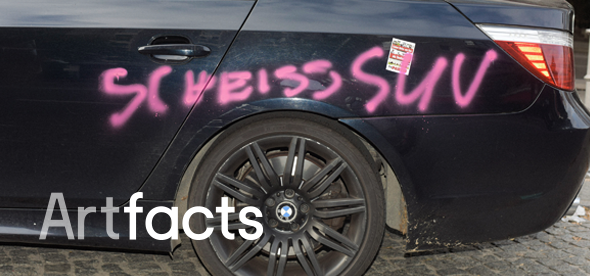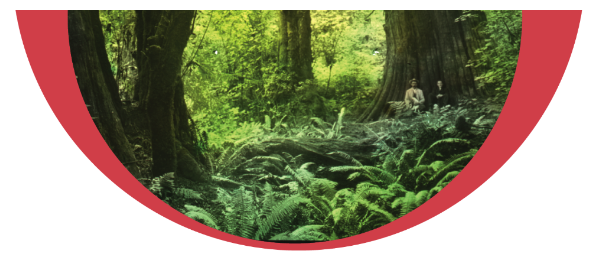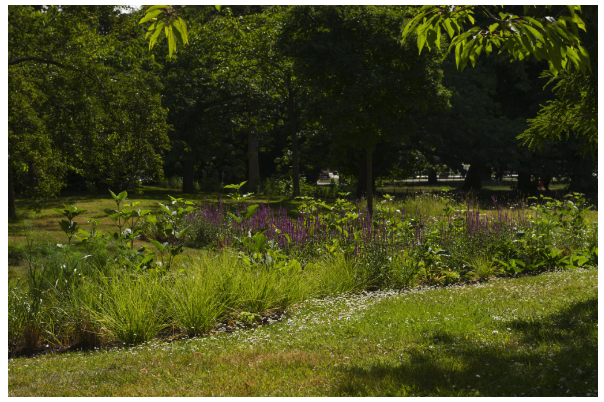
The Impact of the Art World on Climate Change.
What is the art world’s impact on the climate crisis?
Let’s face it, our industry doesn’t leave the lightest of footprints: the raw materials needed for artworks, the artworks that are shipped over mass distances, the art institutions that are continuously climatized to protect collections, the lavish events hosted, the countless flights (and also private jets) that are taken to international art fairs and openings, and that’s not even mentioning the energy required to mint an NFT…
There is no denying it: the art world is an environmentally intensive industry, and though it’s not going to be repaired overnight, there are steps are being taken to improve this around the art world that are worth celebrating.
Organisation
Gallery Climate Coalition (GCC)

In 2019, GCC was founded by Thomas Dane Gallery, Kate MacGarry Gallery, Lisson Gallery, Sadie Coles HQ, Frieze, Artlogic, Scott & Co, Louisa Buck, Daisy Garnett, and Dr. Harris Kuemmerle to reduce carbon emissions by 50% before 2030 and promote a zero-waste practice. On the GCC´s website, numerous galleries, institutions, and artists who have since joined can also be found. Helpful offerings on the GCC website include a carbon calculator (seen below) and best practice guidelines to save emissions for shipping, packaging, or traveling.
Art Fair
Liste Basel (est.1996)

Liste Basel, a founding member of the GCC, has taken significant steps to become more sustainable. With sustainability guidelines for exhibitors, energy from renewable sources, and entirely vegetarian food served at the event from 2023. In addition, air travel is replaced by train for business trips that can be reached in 10 hours or less via train, and from 2023 emissions from air travel that must be taken for business trips are offset.
Museum
The Museum of Vancouver (MOV) (est. 1905)

Though not an arts-only institution, the MOV, like many other museums, hosts exhibitions that feature art and, notably, contemporary indigenous art. As a public institution, one of the museum’s missions is to raise awareness with its programming, whilst aiming to be an “organization that actively promotes climate action awareness, sustainable resource management practices, and activities while proactively lowering the organization’s overall carbon footprint.” Their long-term exhibition That Which Sustains Us (2020-) highlights traditional ecological knowledge regarding woods, the effects of Vancouver’s urbanisation and deforestation, and the potential return to sustainable land management methods. In addition, the museum now houses the Unity Indigenous Plant Garden-A Living Exhibition which was made in partnership with Musqueam, Skwxwu7mesh, and Tsleil-Waututh Nations.
Museum
Serpentine Gallery (est. 1970)

The London museum founded “General Ecology” in 2018 which consists of exhibitions, live events, campaigns, and even a series of podcasts from 2020. It brings together interdisciplinary practitioners conducting research “across the boundaries that have traditionally separated vegetal, human, non-human, animal, and artificial intelligence in Western science.” A subsection of this is Back to Earth a “long-term, interdisciplinary programme addressing the ongoing climate emergency”. For this, campaigns have been made by the late great Vivienne Westwood, as well as Yoko Ono and Tabita Rezaire. The group exhibition Back to Earth (2022) encapsulates a lot of what has been explored so far.

Currently on display in Kensington Gardens London, is artist Dr. Alexandra Daisy Ginsberg’s living sculpture made of plants, the Pollinator Pathmaker. The work is made for endangered pollinating insects, instead of purely for pleasing humans.
As these artistic institutions have demonstrated, whether by raising awareness, funding explorations into creative solutions in combating the climate crisis or taking physical steps in reducing your carbon footprint, there is always something that we can do.
And for the events that we simply cannot miss, perhaps reconsider your method of transport. Heading to Art Basel from another European city this June? Consider making the most of Switzerland’s infamously punctual trains! For the few with access to private jets: consider a commercial flight instead: flying from London to New York produces 313 kg CO2 per person in contrast to 25.056 kg per person in a private jet. Isn’t that something?
